AXEL has close to 40 years worth of experience and technical knowledge in supplying waterproofing services to old and new buildings. Waterproofing is imperative to prevent water seepage into the concrete, which may compromise structural integrity.
Cementitious
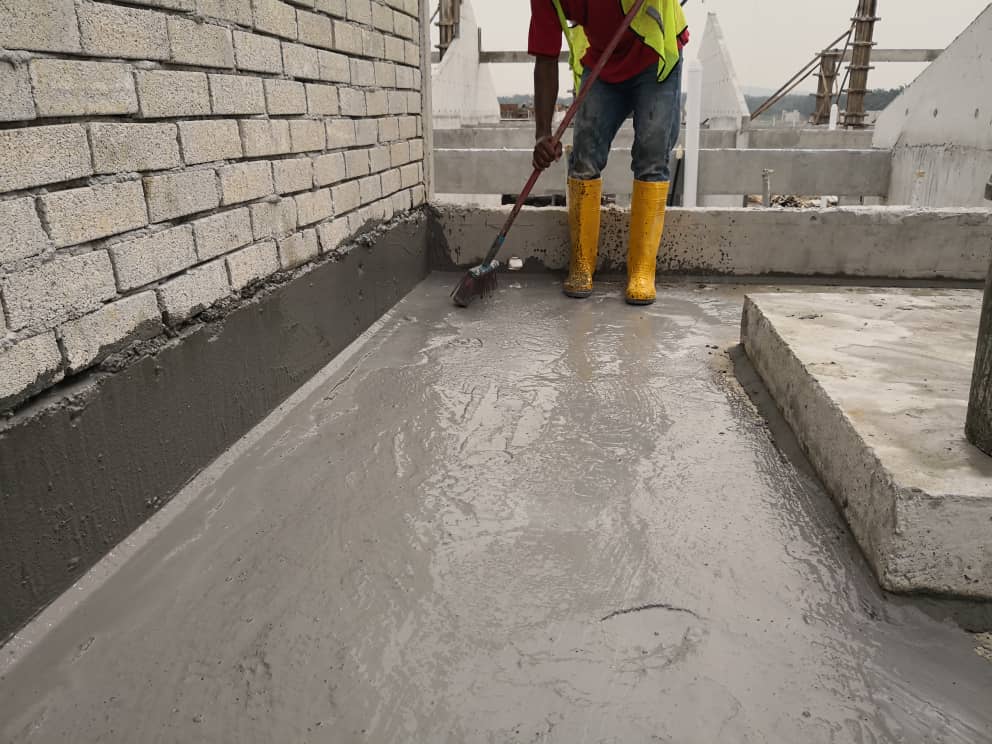
Cement based waterproofing systems are commonly used to protect structures against water penetration. They are supplied as pre-packed solutions to reduce the substrate’s water permeability while providing good abrasion resistance.
Cementitious systems are often applied in water retaining structures, reservoirs, basements and other engineering structures as well as a pre-applied waterproofing system for overlaying of tiles.
Liquid Applied Membrane (LAM)
Liquid-applied membrane (LAM) is a protective coating, either a single or double component, when applied to the substrate forms a rubber-like elastomeric membrane. It is a monolithic system that dries to form a seamless, smooth and continuous barrier to water.
Liquid-applied membranes have grown in popularity due to its cost efficiency, and ease in application. It is highly suitable to seal off cracks and voids for most substrates as it forms an elastic membrane providing additional protection. The coated membranes are done by spray or brush applied and its systems normally include a fibre matt as a reinforcement for the system’s overall performance and durability.
Polyurethane
Polyurethane liquid applied membranes are one of the most commonly used systems for roofing solutions. Polyurethane liquid applied membranes are categorized as aliphatic and aromatic types, with the former highly suitable for high UV exposure roofs, while the latter being commonly used for non UV exposed conditions. Its high elastic properties are excellent in bridging minor thermal cracks and movements of the substrate.
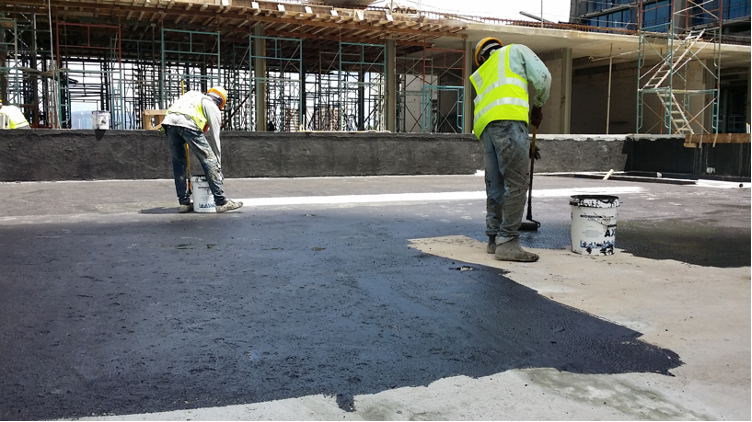
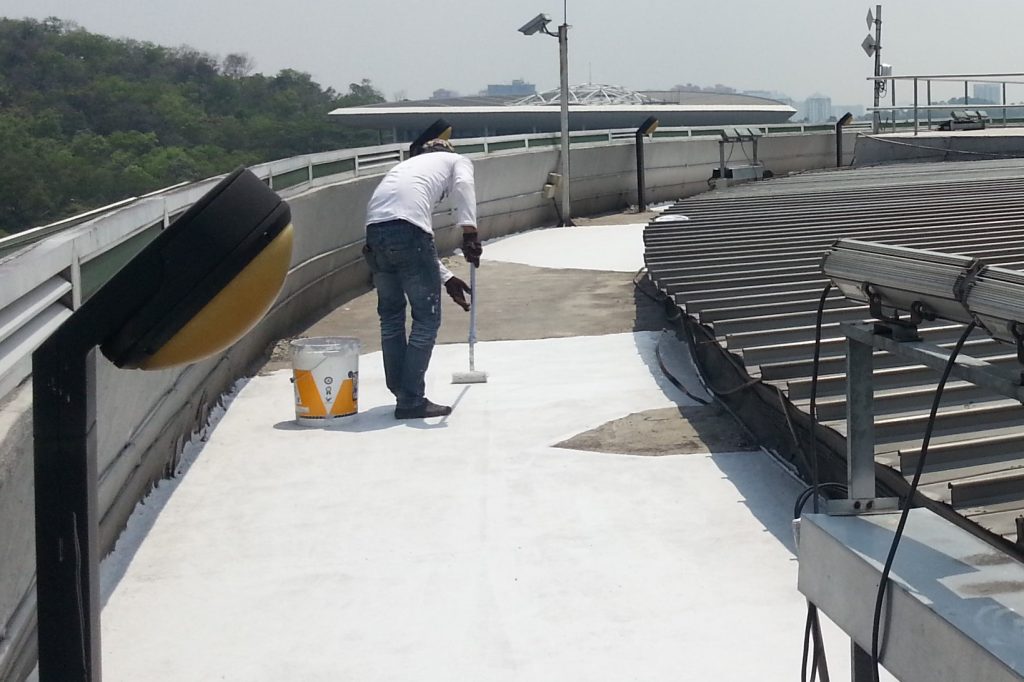
Acrylic
Acrylic liquid membrane systems when applied forms a seamless, light trafficable surface. It is highly suitable for floors at roofs which require a smooth and aesthetic finishing. It can also be applied onto walls as a base coat waterproofing coating prior to other coating finishes. Acrylic liquid applied membrane systems come in convenient sized packaging, easy for immediate use without the need for heavy tools or machinery.
Epoxy
Epoxy based systems are used to form a protective lining to engineering structures as it produces high adhesion strength and chemical resistance. It is commonly used at water retaining structures, reservoirs and treatment plants due to its high strength and durability against water penetration and mild chemical attacks. Epoxy based coating systems are also excellent in restoring old concrete and concrete with thermal or plastic cracks which is excellent in significantly reducing water penetration into the concrete.
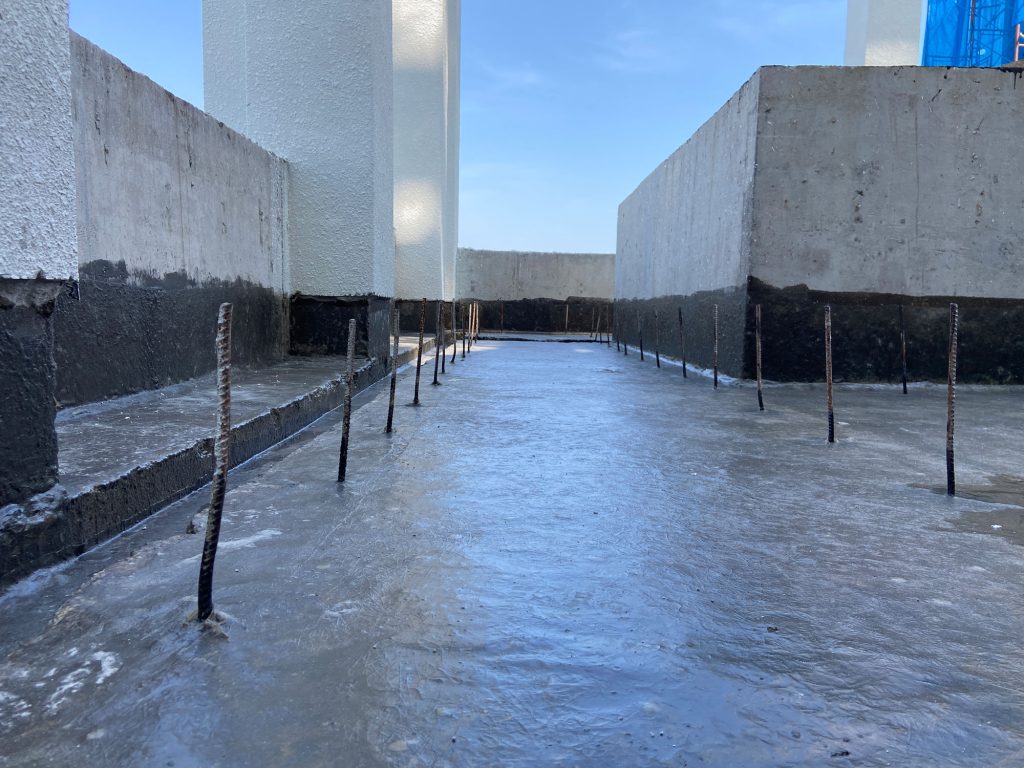
| Features | Advantages / Benefits | Aliphatic PU | Aromatic PU | Acrylic | Epoxy |
|---|---|---|---|---|---|
| UV stable and resistant to yellowing | High solar reflectance index No protective screed required |
✔ | ✔ | ||
| Single component system | Easy to apply | ✔ | ✔ | ✔ | |
| Double component system | Fast curing | ✔ | ✔ | ✔ | |
| Low VOC | Low health and safety risk | ✔ | ✔ | ||
| Economical | Cost saving | ✔ | ✔ | ||
| Elongation | Crack bridging properties | ✔ | ✔ | ✔ | |
| Complements fibre matt reinforcements | Enhances overall waterproofing performance | ✔ | ✔ | ✔ | ✔ |
| High bond and tensile strength | Seals off cracks in concrete | ✔ | ✔ | ✔ | ✔ |
Admixture
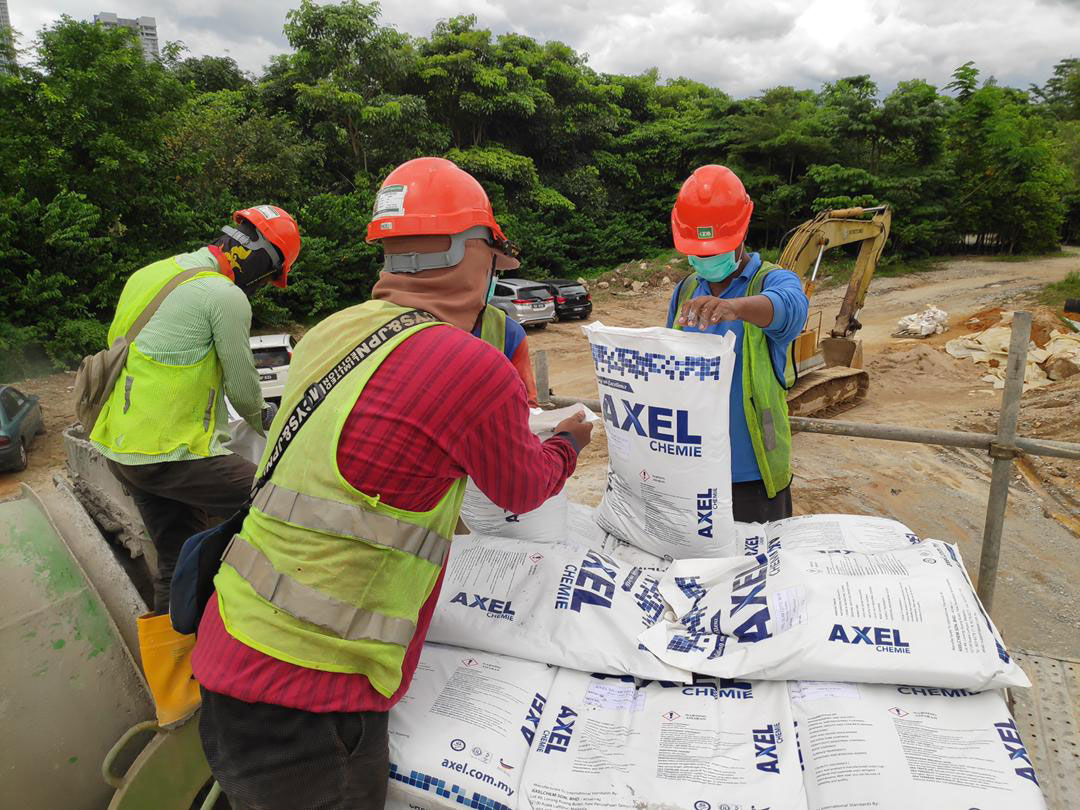
Waterproofing admixtures are a type of admixture that prevents the passage of water through hardened concrete under a pressure head. It provides increased resistance to the concrete or is sometimes referred to as reducing water permeability, which are vital to prolonging the durability of concrete. Waterproofing admixtures are porous materials that have the ability to absorb water and water-borne contaminants. Hydrophobic and pore blocking ingredients react with products of the cement hydration process to produce a hydrophobic material which resists external water, decreasing absorption into concrete.
Sealer & Impregnator
Sealers and Impregnator systems are clear protective solutions to prevent water seepage for mineral substrates like concrete, masonry, brick, lightweight concrete or plaster, joints and natural stone. Sealers can be in the form of a surface coating, while impregnators are solutions that absorb into mineral substrates to form a hydrophobic layer to the coated surface. These sealers are suitable in reducing efflorescences from occurring, prevents staining and prolongs the substrate’s overall lifespan. Sealers and impregnators are commonly used to enhance the aesthetics of the substrate. AXEL provides you with various options of sealer finishes such as a matte finish, to a gloss or natural finishing.
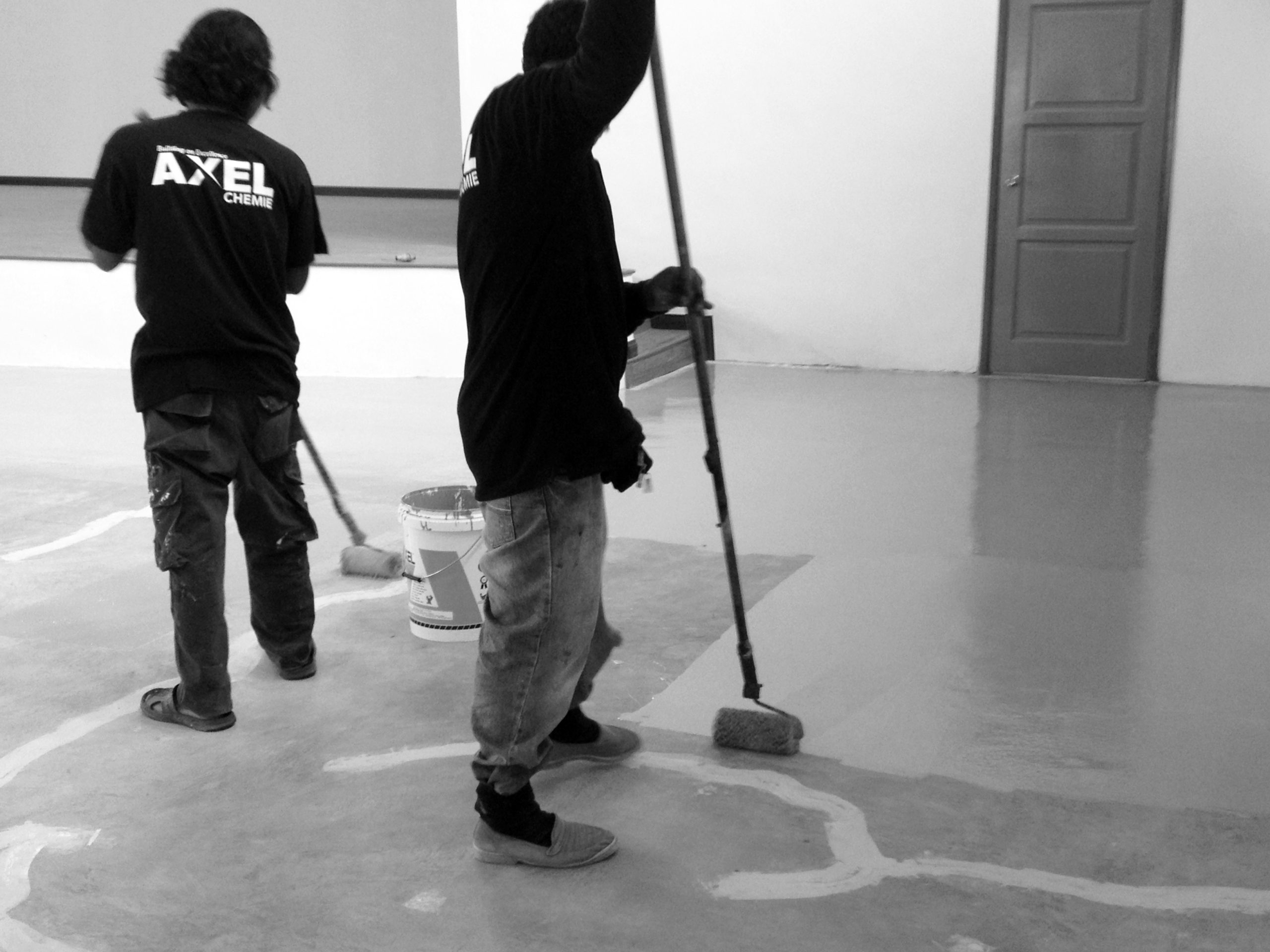
Membrane
Sheet based waterproofing membranes are pre-formed and come in the form of rolls. These are unrolled and laid on a firm surface with the self adhesive bituminous membrane and the “torch applied” polymer modified membrane, the most commonly used system in the market:
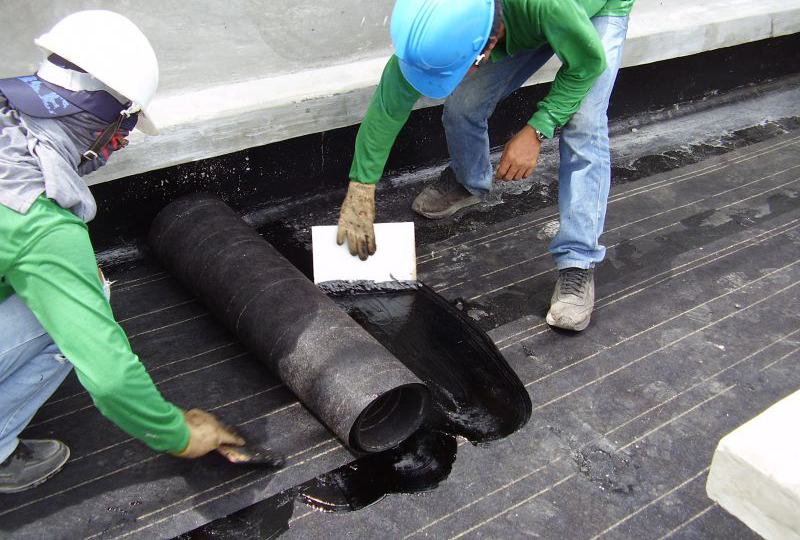
Self-adhesive modified bituminous membranes are composed of asphalt, polymers, and tackifiers, and may contain mineral stabilizers. The products may be reinforced with fiberglass, polyester, or a combination of the two.
Products designed for exposure to the elements are typically surfaced with mineral granules, coatings, films, or other opaque surfacing. The self-adhesive layer is protected with a release film or paper, which is removed during installation. Self-adhesive modified bituminous membranes are generally packaged and stored in cardboard boxes or they are protected with opaque wrapping.
“Torch applied” membranes are used as an underlay for pitched roofs and as a vapor barrier. The material withstands temperature fluctuations and high mechanical loads providing long-term, reliable and effective waterproofing.
The bitumen sheet membrane provides additional flow resistance that makes it possible to use the material in a very hot climate. On the bottom side, the material is covered by a polymer film with special graphic elements, melting (using a blow torch) of which indicates the proper material heating, while the pre-formed membrane is rolled over the flat surface simultaneously.
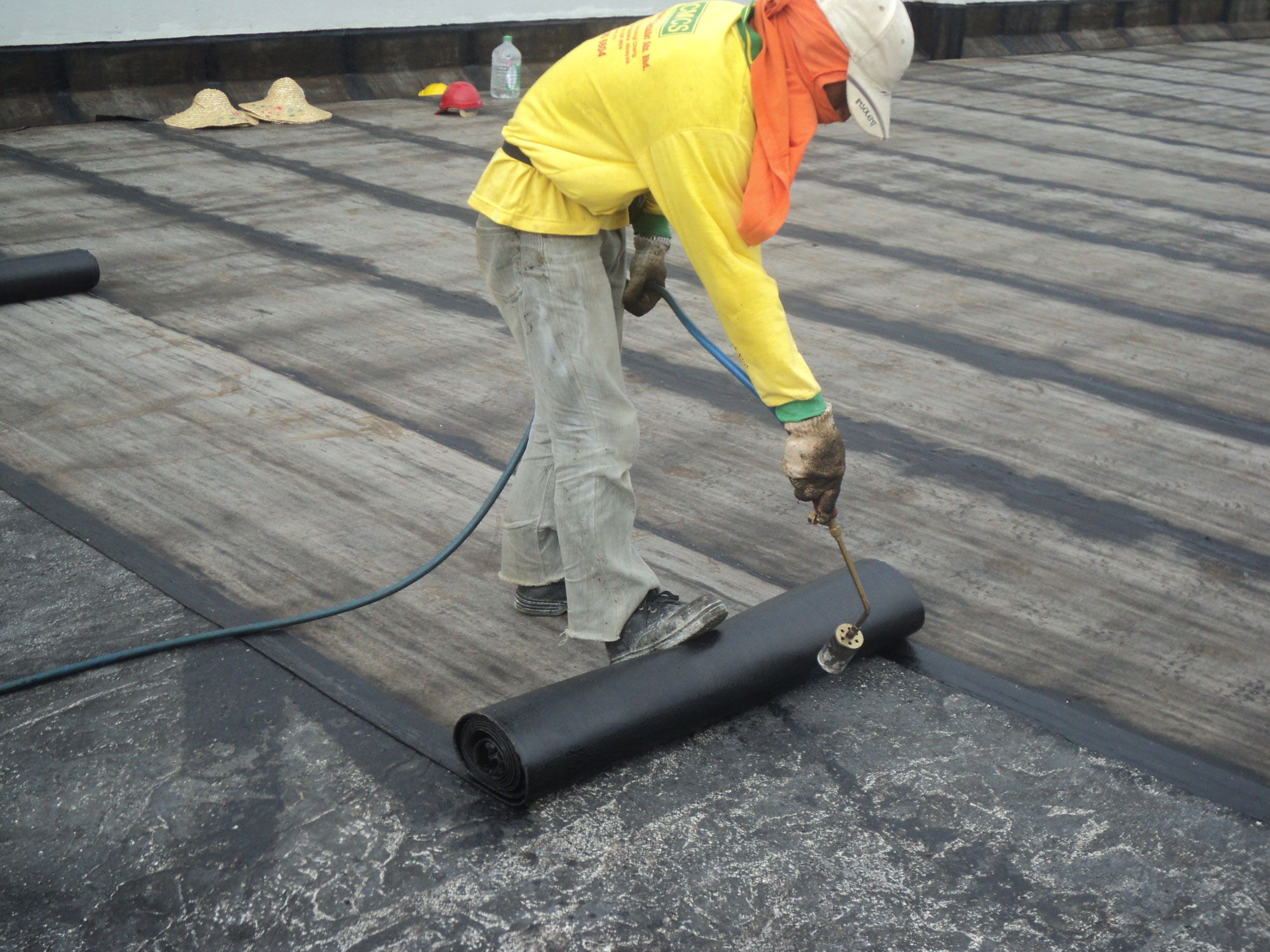
Waterstop
Due to the nature of construction sequencing at site, concrete structures tend to be built by sections hence forming cold joints from one concrete cast to another. The key function of waterstops are to minimise water ingress and create a secure waterproofing barrier between construction joints. AXEL offers you a variety of waterstops and profiles to be used at specific locations for the best performance of water tightness.
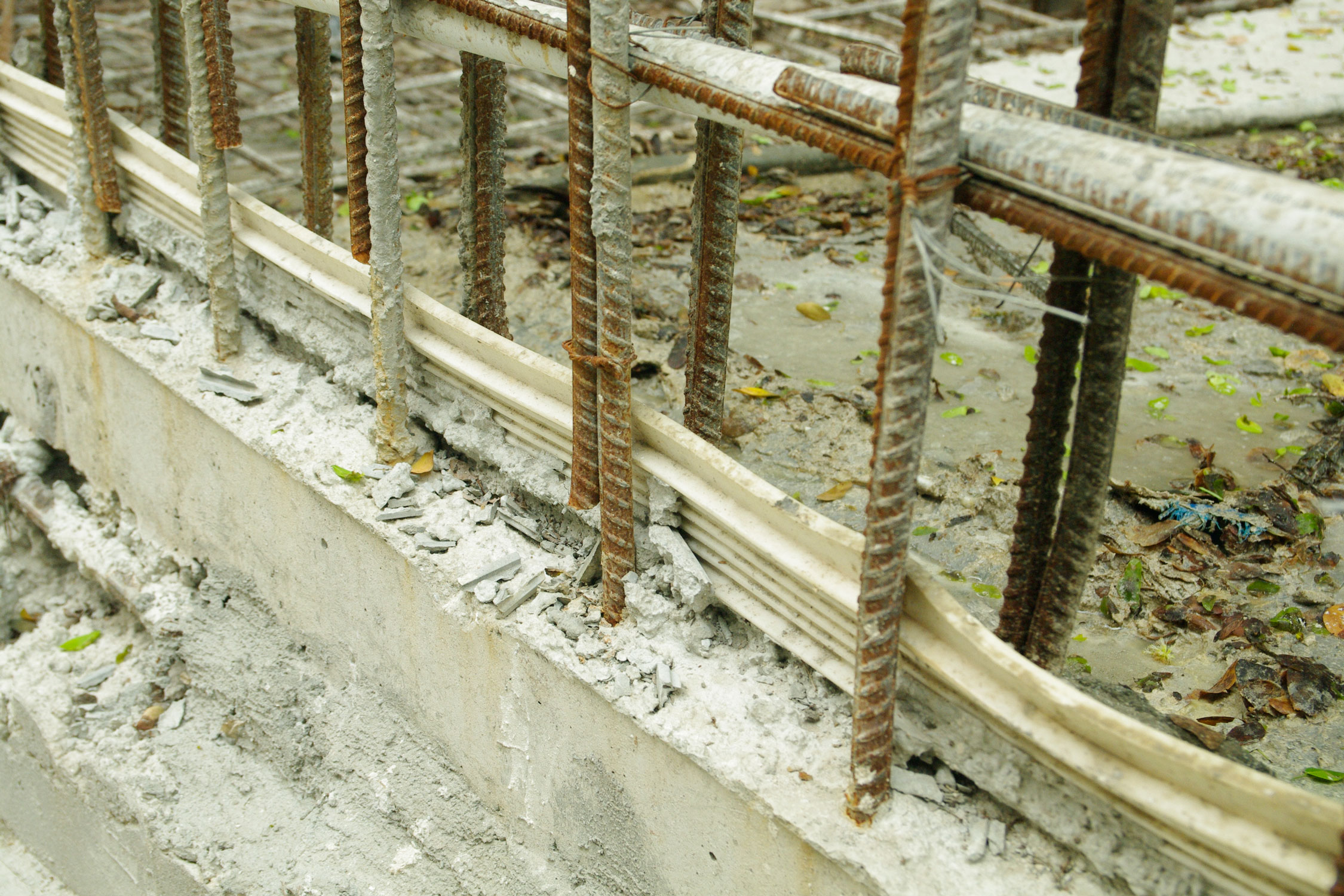
PVC waterstops
PVC waterstops are extruded from specially compounded PVC. It is the most common joint sealing solution and is mandatory for all construction joints in contact with water. They can be placed either centrally or externally, depending on the location of application. They come in various sizes and profiles to site use.
Swellable waterstops
Swellable waterstops is a hydrophilic rubber sealing made from high performance elastomeric material that swells when in contact with water. It creates a positive pressure against the faces of the concrete joint and will seal off voids, hence preventing any water seepage through the joints. Another suitable usage of the swellable waterstop is at PVC pipes for toilets or downpipes. This is because PVC and concrete material does not bond well together and will easily form a gap for water penetration when any force of vibration is applied to it. By installing a gasket seal around the pipes, it will reduce leakages and increase the waterproofing performance significantly.
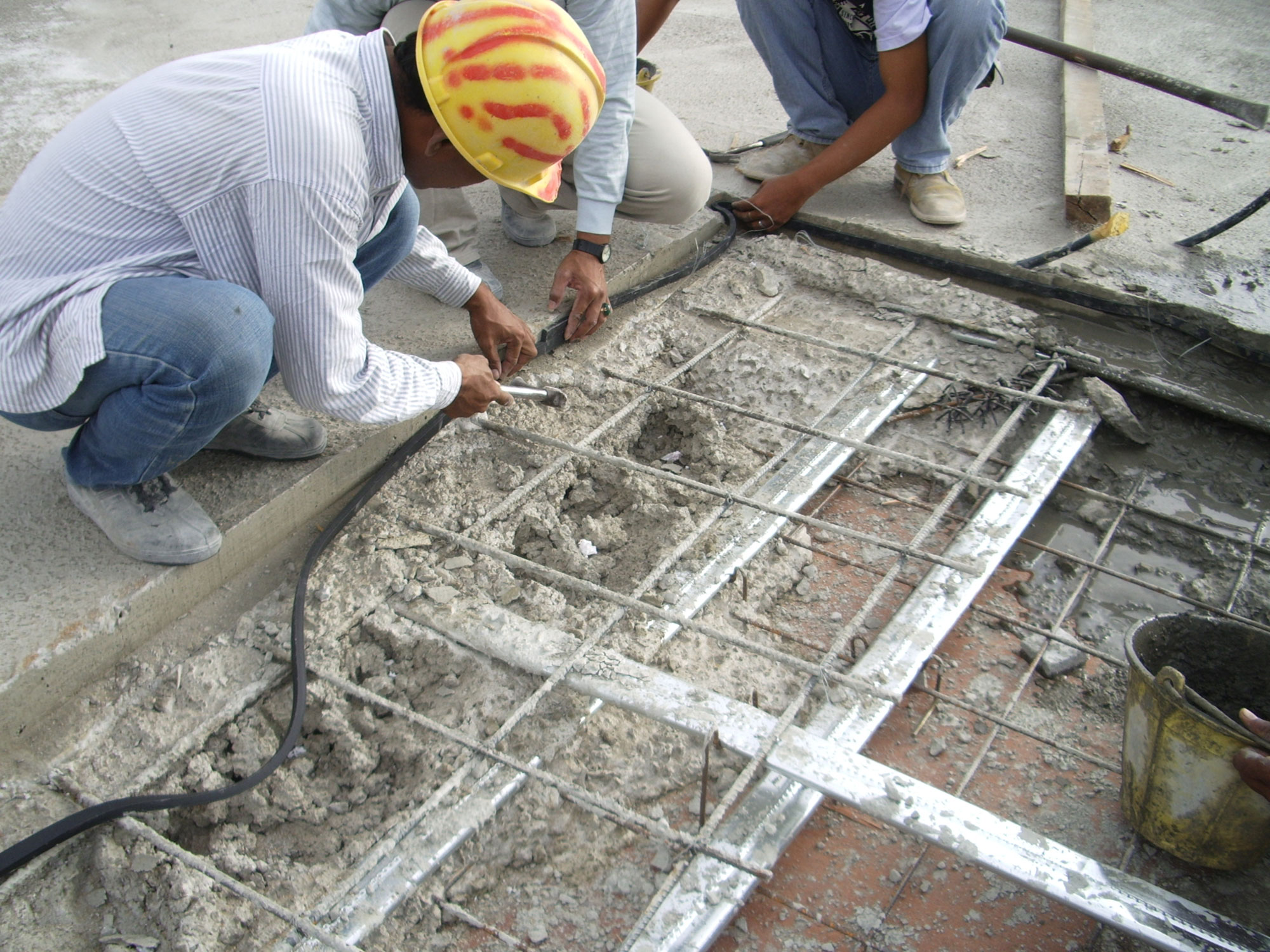

Injection-hose Waterstop
AXEL INJECTO SEAL system is a re-injectable hose system for sealing various construction and connection joints in watertight concrete structures. Using acrylate AXEL INJECTO SEAL gel to seal the joint, the acrylate gel is injected to seal off gaps in the joint through the perforated injection hose. The hose can be used to re-inject multiples if necessary. The injection hose system is a superior alternative for complex engineering structures with a demand for enhanced waterproofing performance at critical areas affected by high presence of water.

